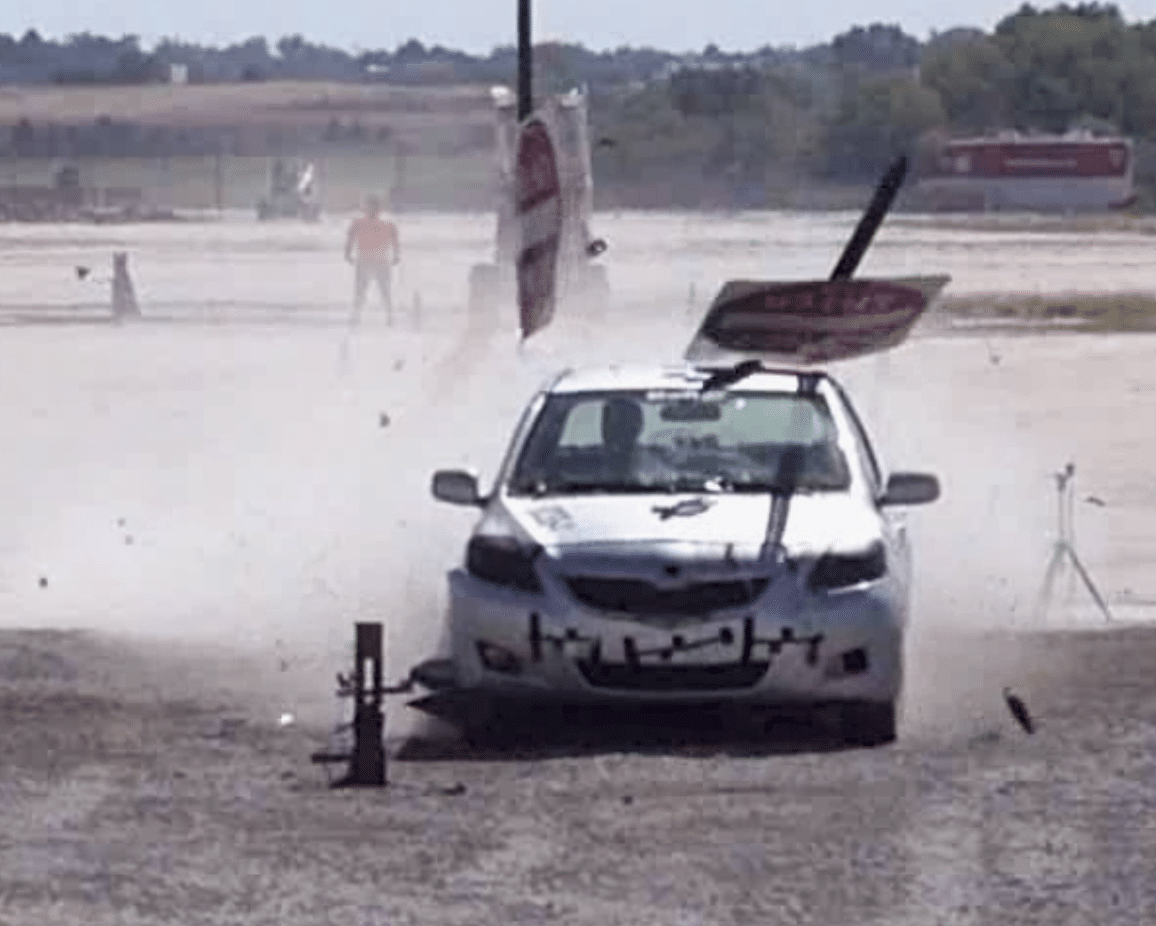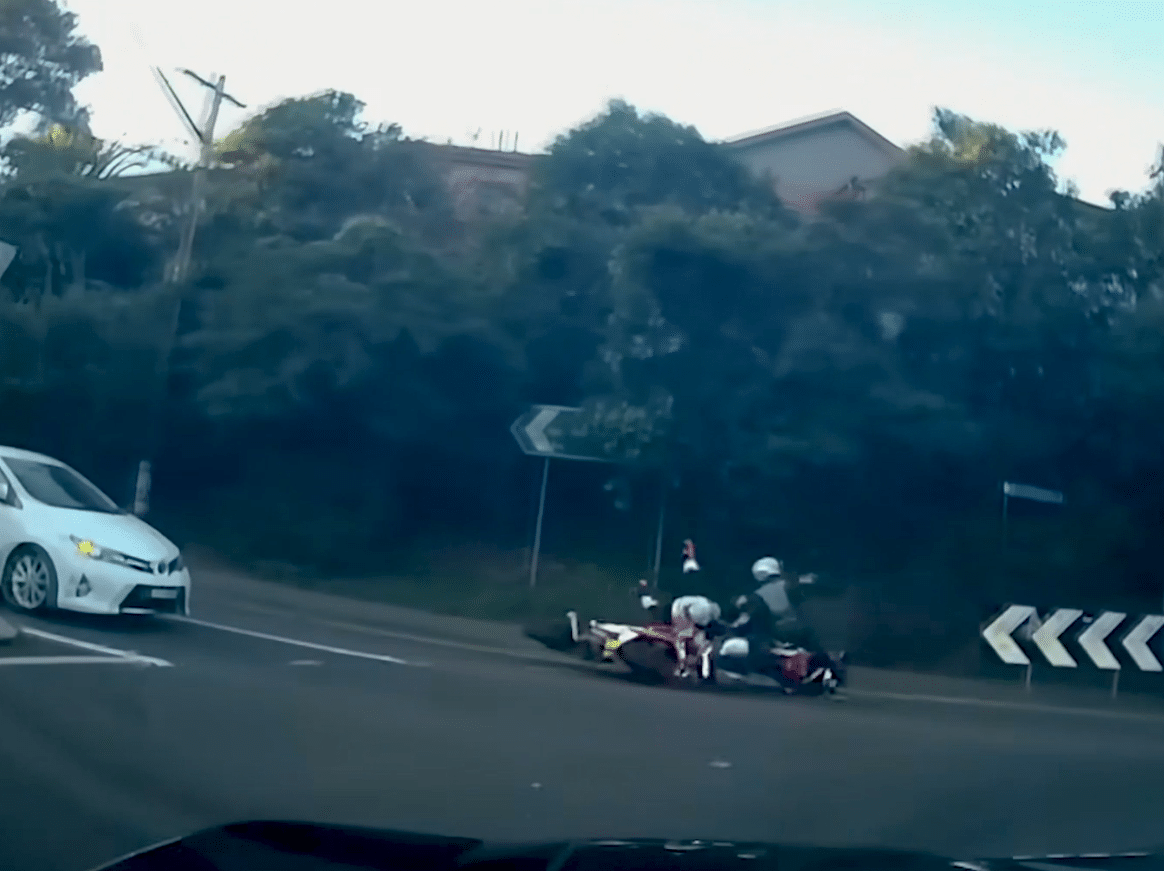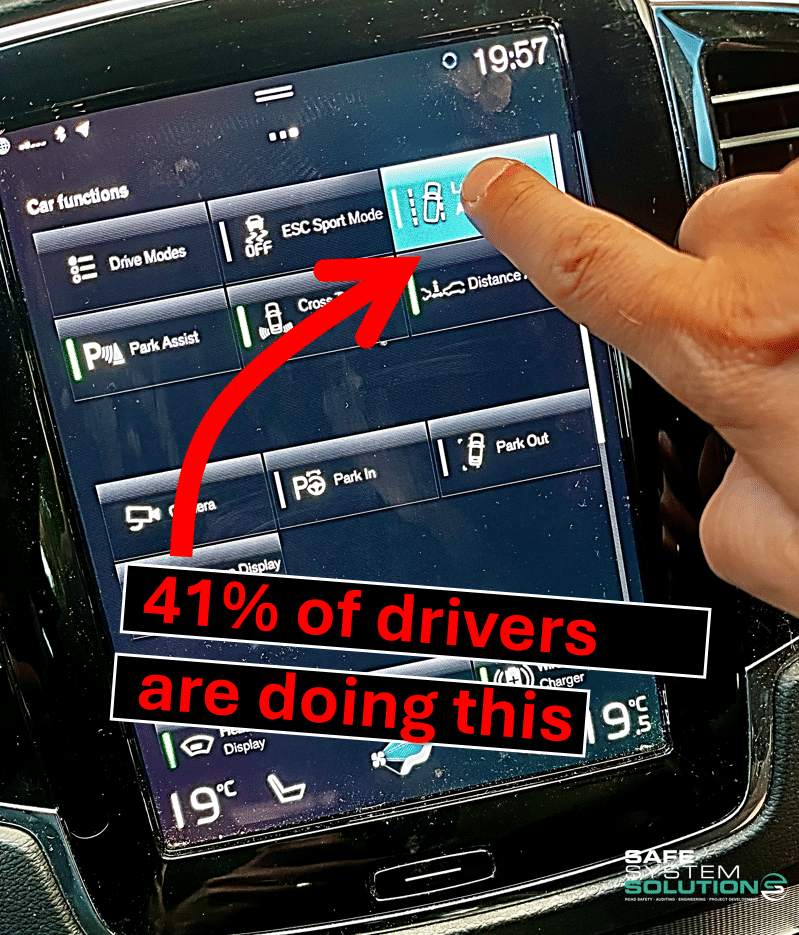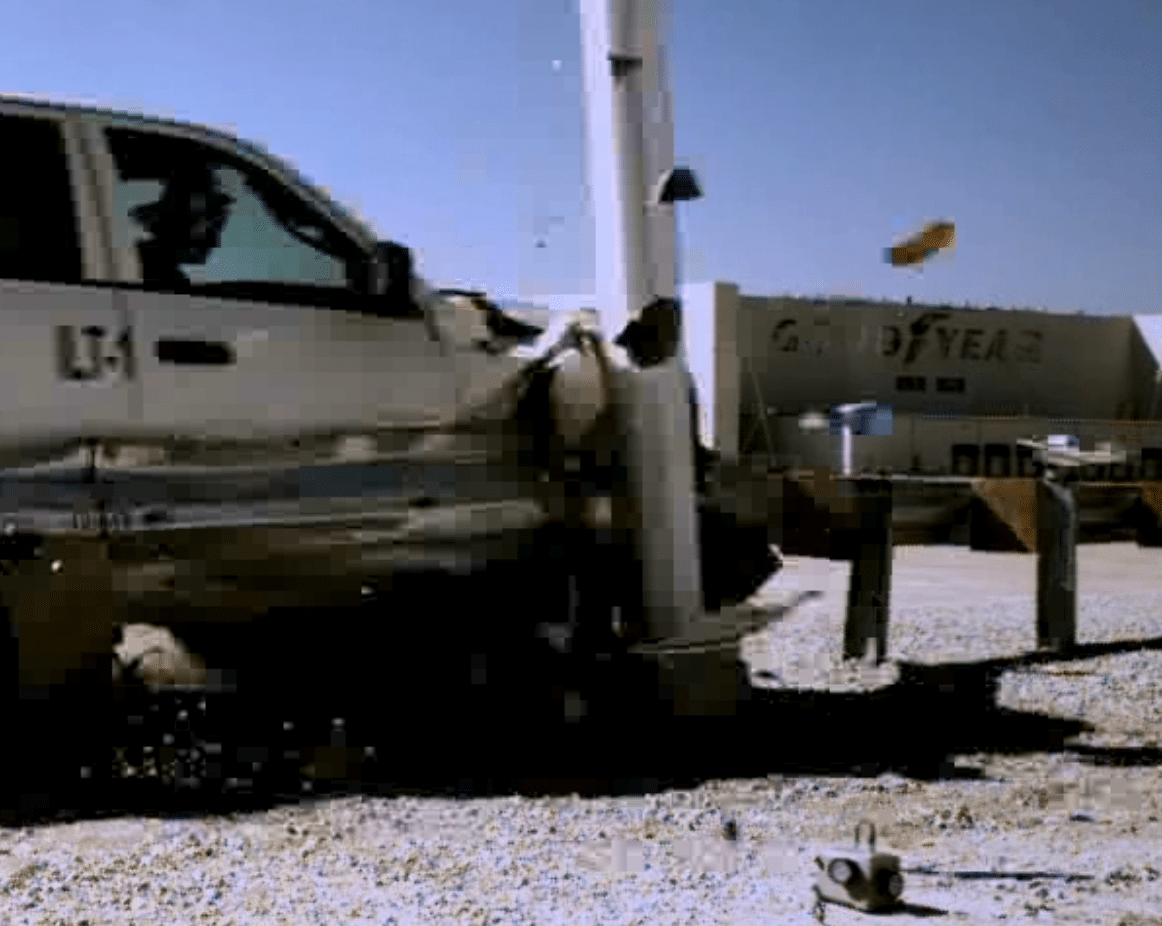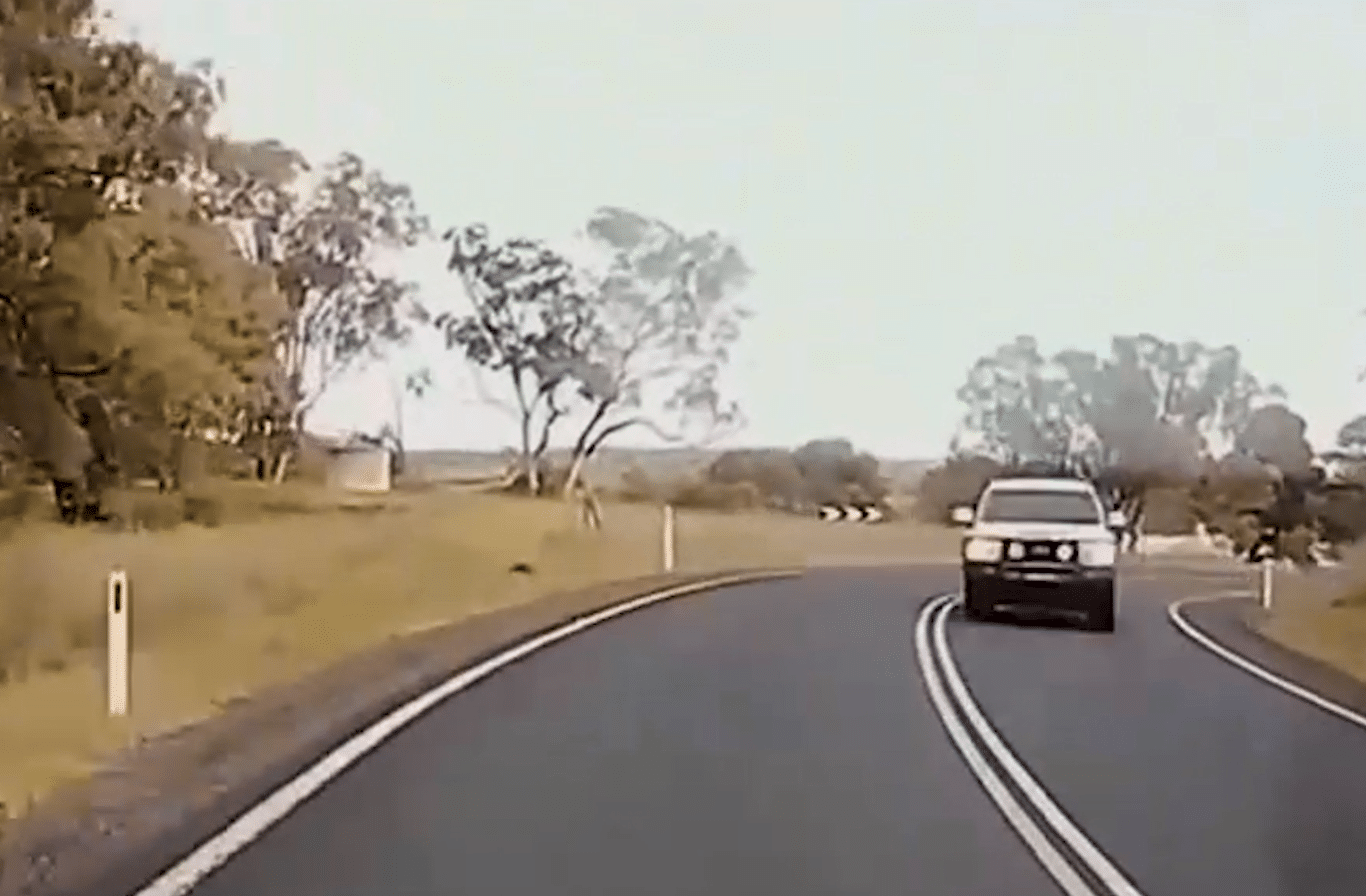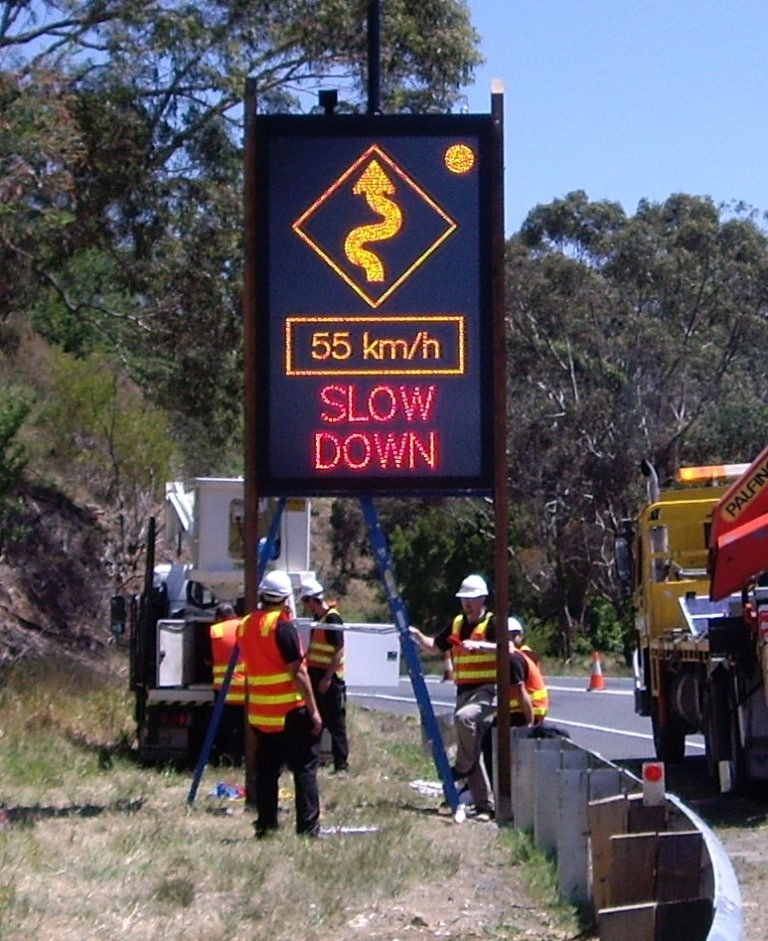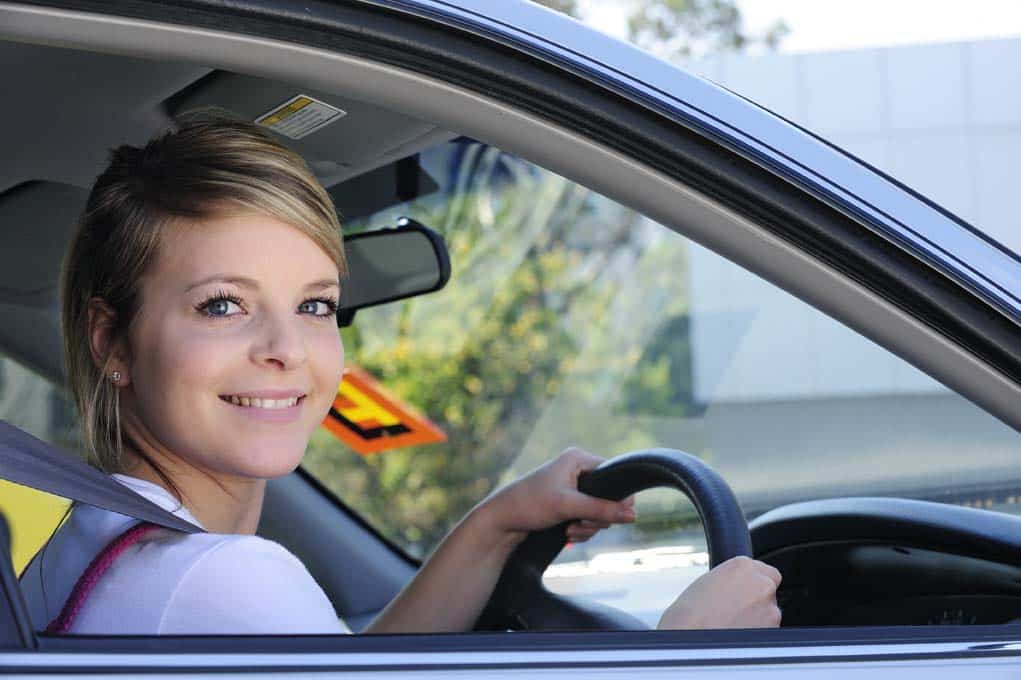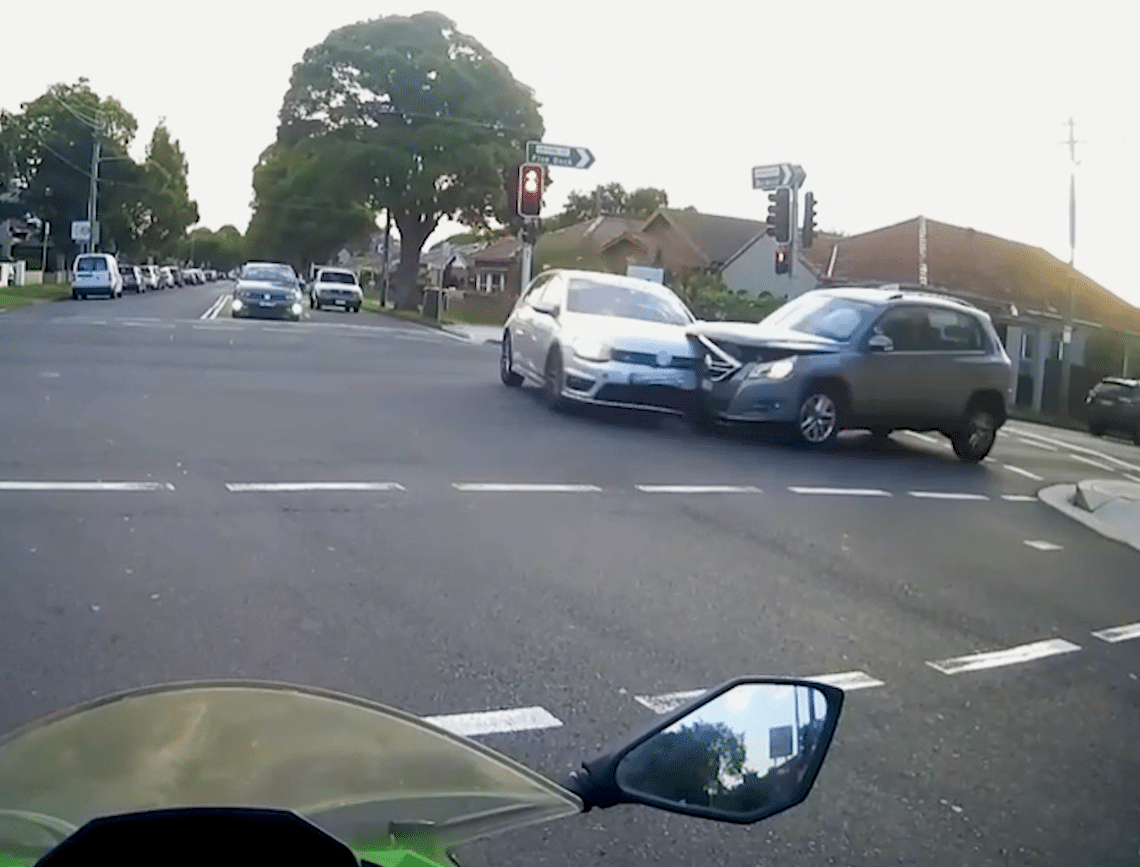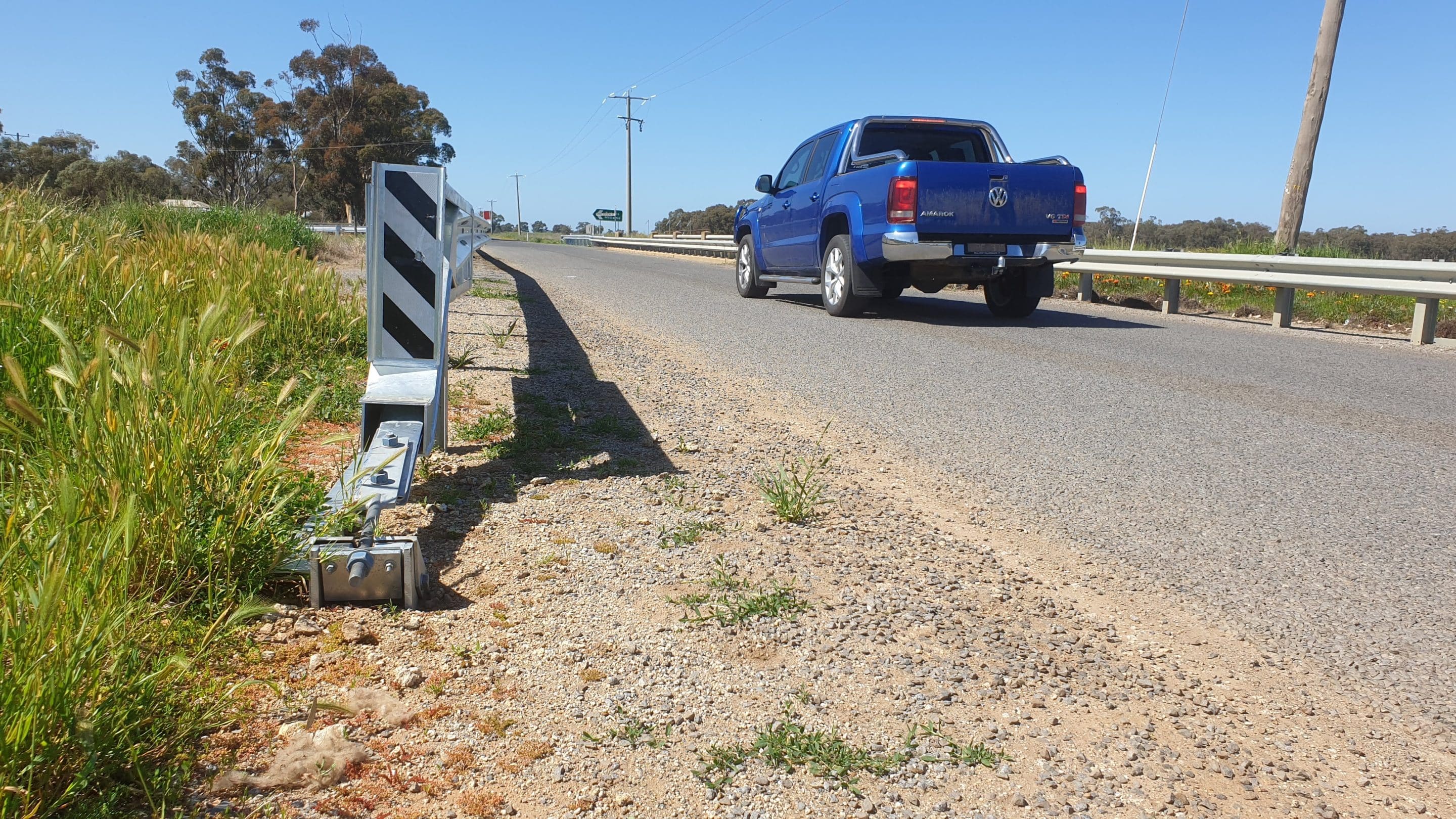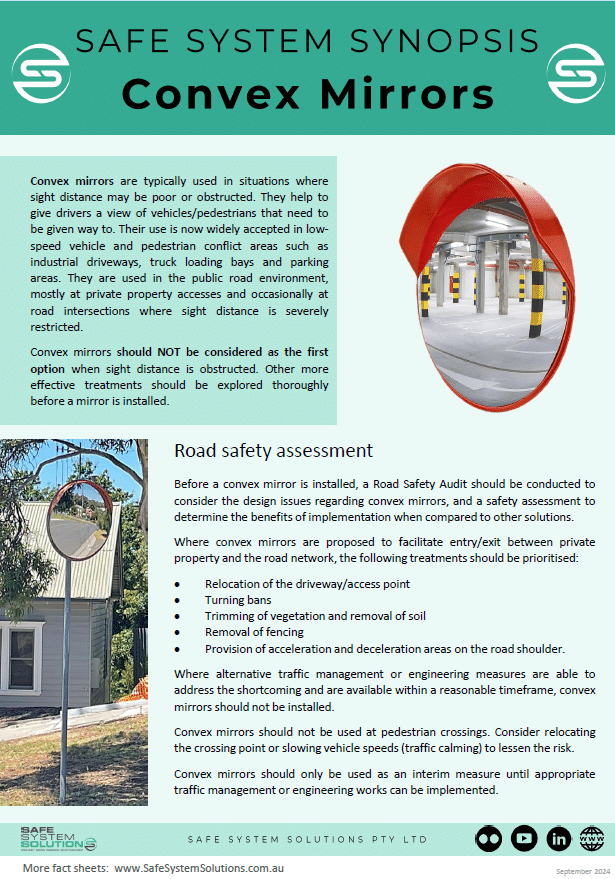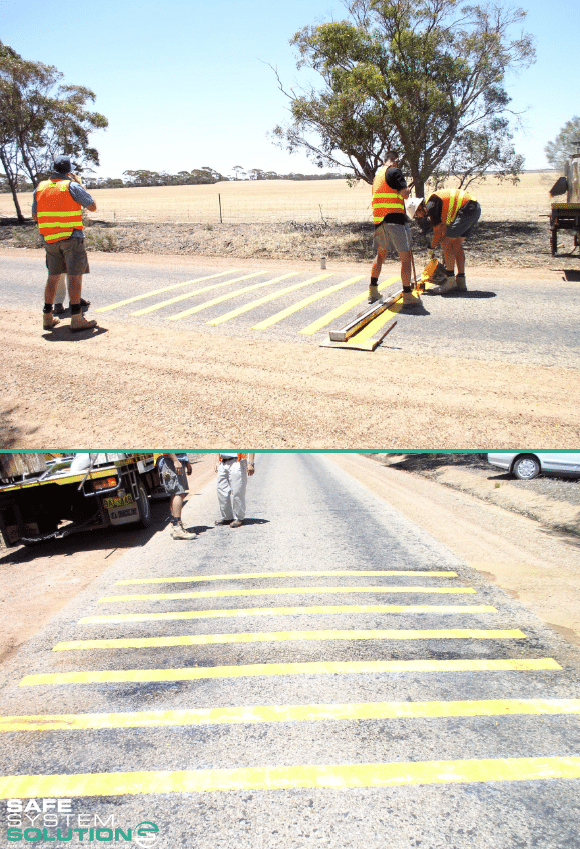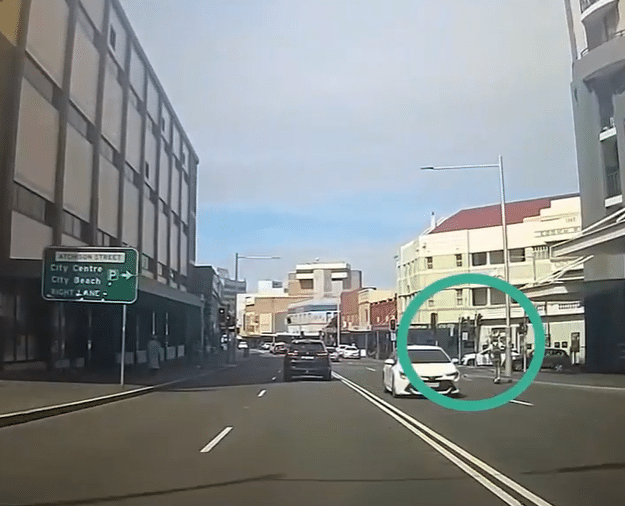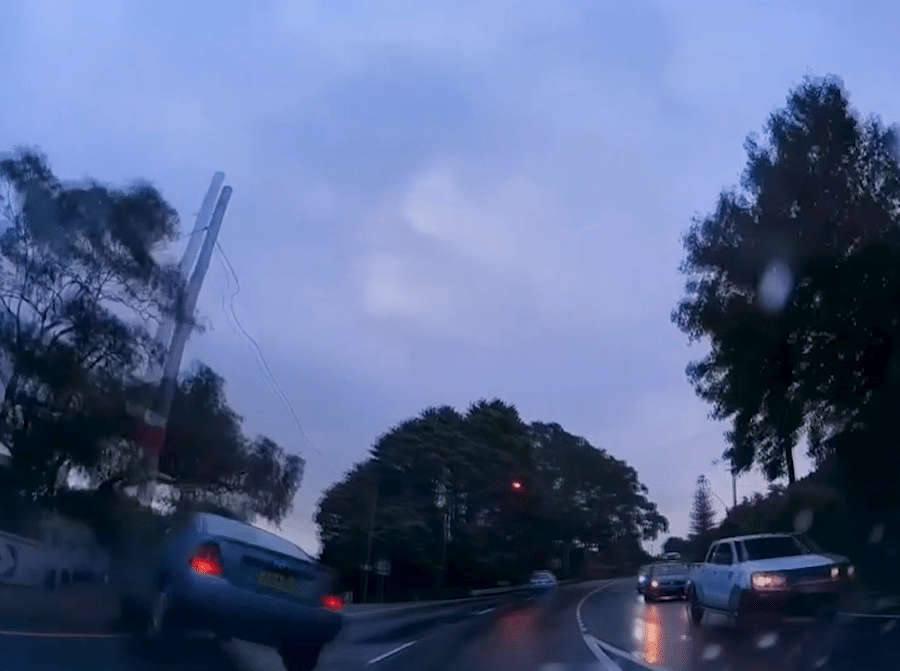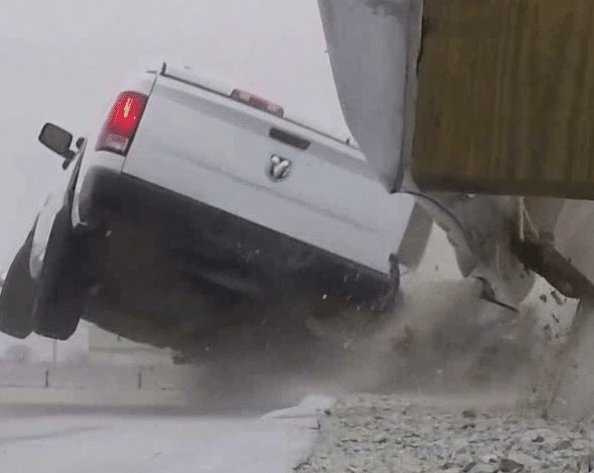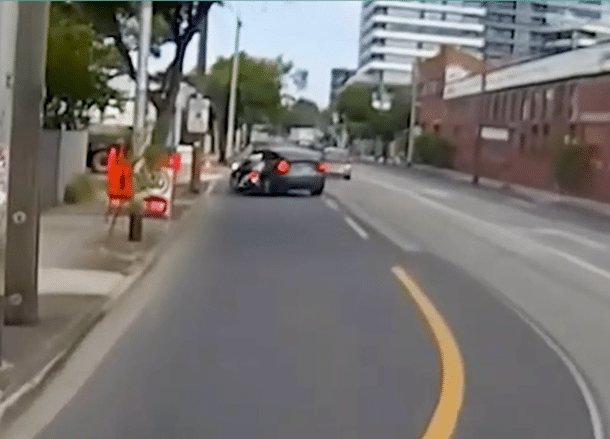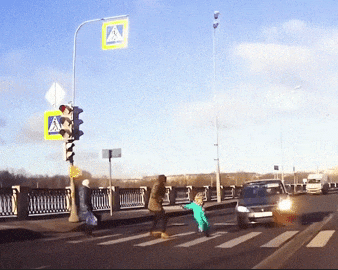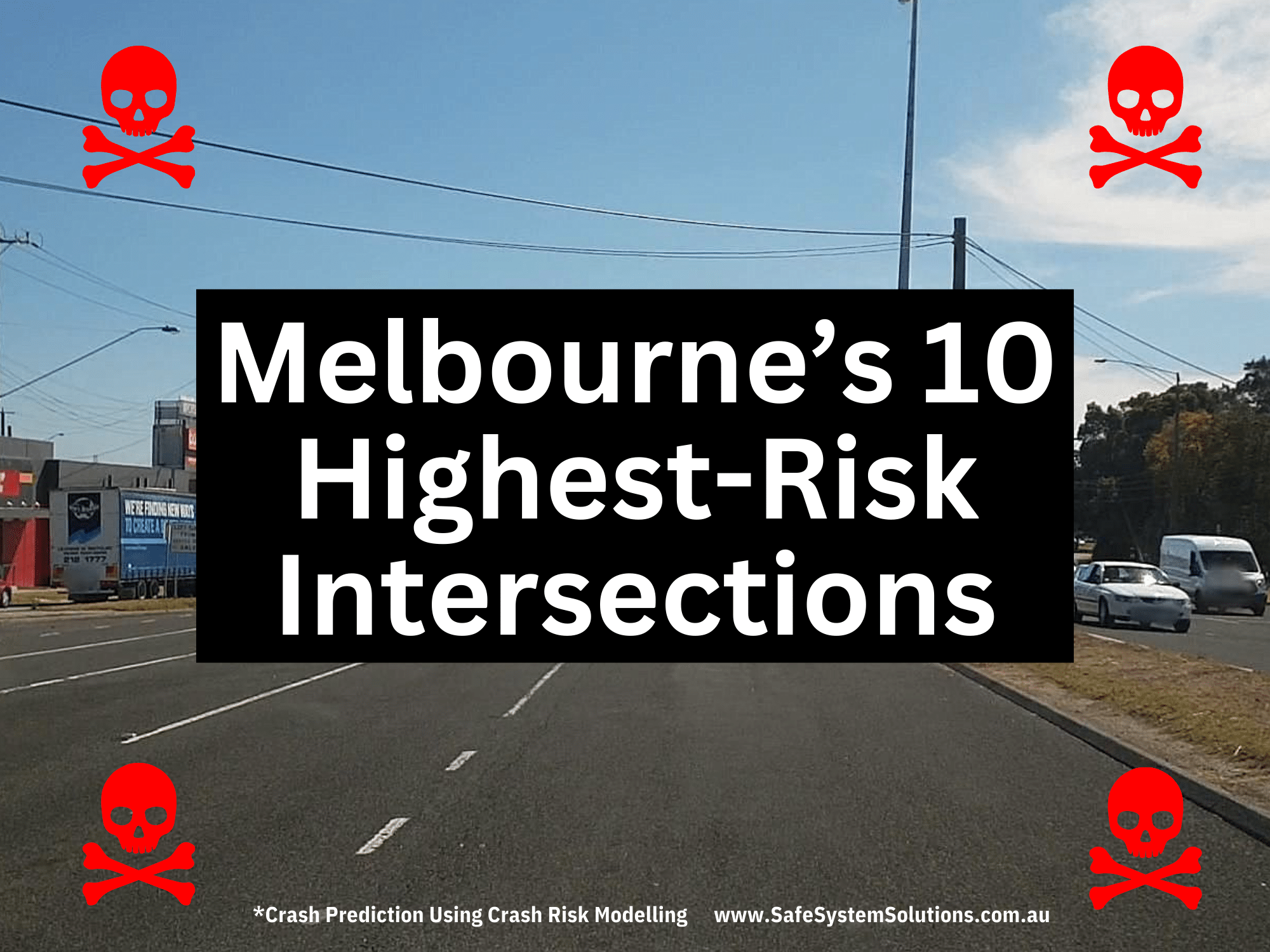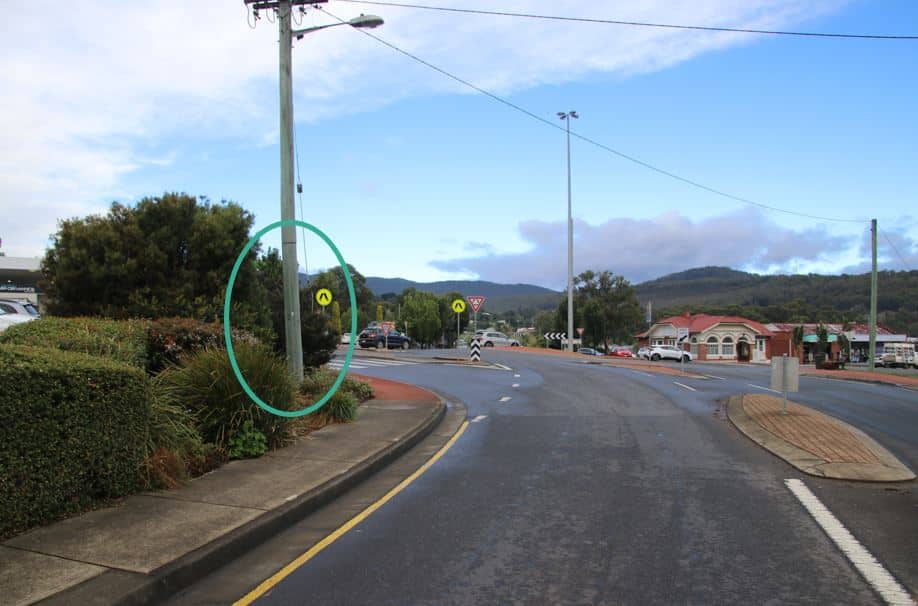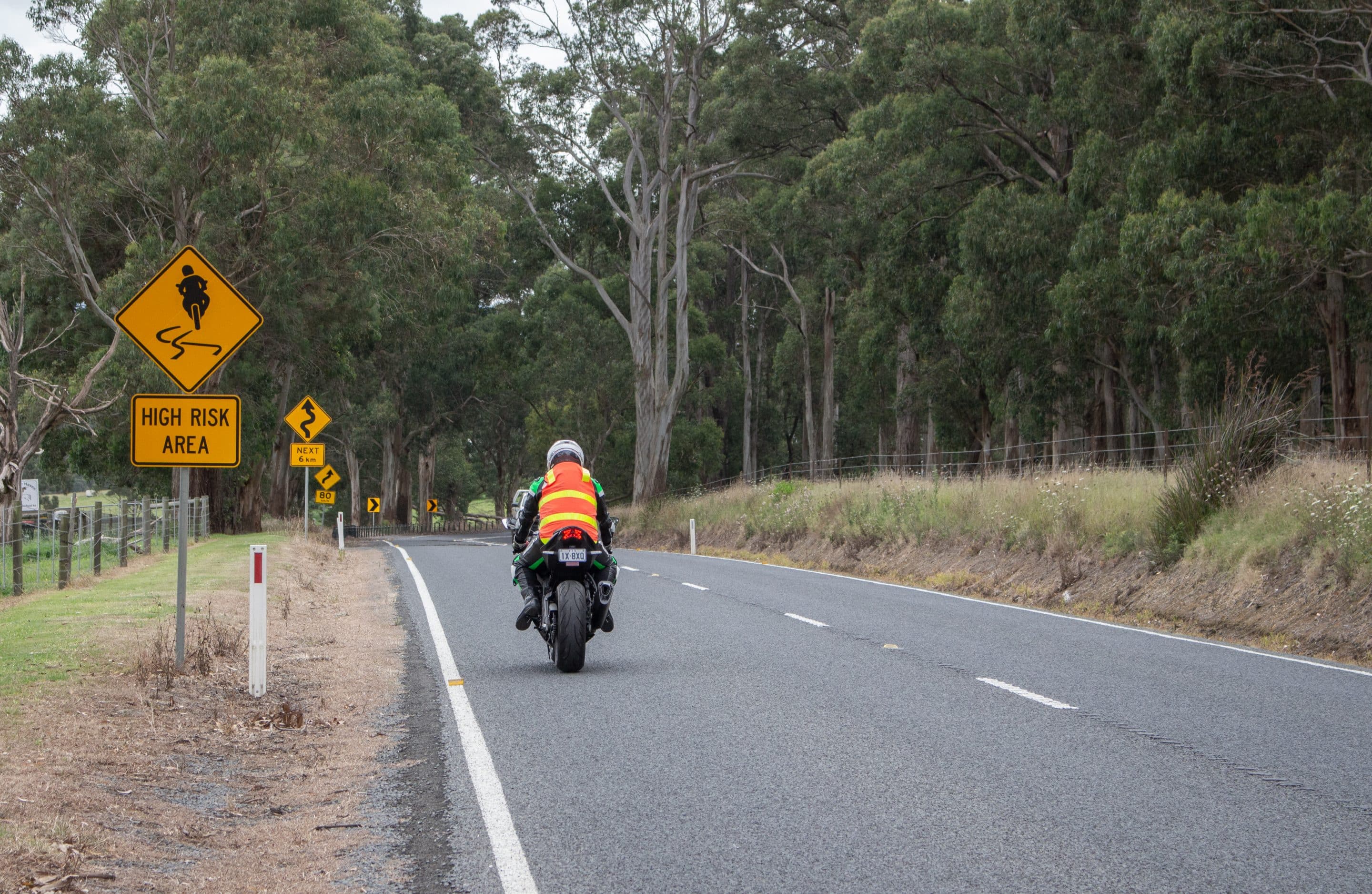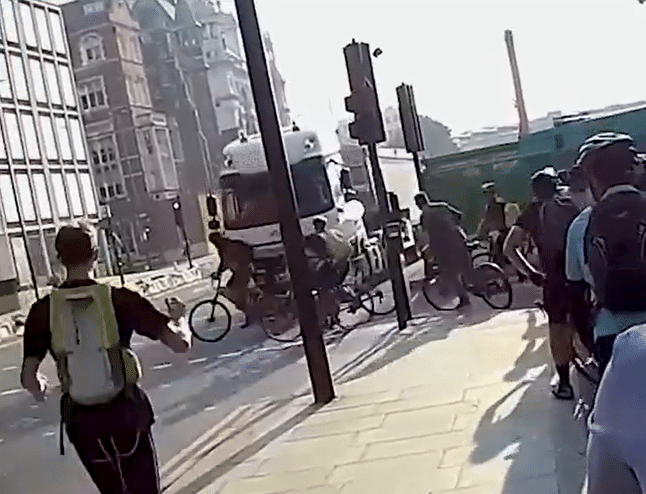Latest News
Safe System Snippet 401: Signpost frangibility
Signposts should be designed to be frangible, meaning they fracture, break away, or bend upon impact to reduce damage to vehicles and the risk of injury to occupants. Smaller signs use posts that deform easily, while larger signposts are equipped with mechanisms that...
Safe System Snippet 400: Motorcycle-to-Motorcycle Crashes: Key Insights and Simple Solutions for Safer Group Rides
In Australia and New Zealand, most motorcycle crashes involve a single vehicle losing control, or cars failing to yield to motorcyclists at intersections. Thankfully, motorcycle-to-motorcycle crashes are rare - though they happen more frequently in group rides, where...
Are we switching off to ADAS technology and its benefits?
By Dr Tana Tan Research and Evaluation Lead | Safe System Solutions Advanced Driver Assistance Systems (ADAS) play a key role in the Safe System approach to road safety – but what can we do to ensure drivers don’t ‘switch off’ to these features? ADAS provides drivers...
Safe System Snippet 399: Slip-based light poles in the deflection zone of barrier systems
Across Australia and New Zealand, there are varying views on the placement of slip-based poles within the deflection zone of barrier systems. Historically, the consensus was clear: don’t do it – we don’t know how it will function, thus it’s not acceptable. However,...
Safe System Snippet 398: Cross centreline crashes
At first glance, central barrier systems might seem like they're only there to prevent head-on collisions. But they actually do much more. These barriers reduce both right and left run-off-road crashes. A minor distraction or a fatigued driver drifting slightly out...
Safe System Snippet 397: Vehicle Activated Signs
We've been designing, trialling, and implementing various Vehicle Activated Signs for quite some time now (photo below of some installations back in 2007 in Victoria). With advancing technology, we keep finding even more applications for these signs, including: Curve...
Humans make mistakes: why we can’t abandon this core Safe System principle
By Dr Amy Williamson Technical Lead - Safe People | Safe System Solutions In recent years, a slight philosophical division appears to have emerged among road safety professionals about how the human element is addressed in road safety. The 2024 ACRS policy position...
Safe System Snippet 396: Managing speed through signalised intersections
We can’t expect 100% of drivers to comply 100% of the time. While we’ll continue to work to lessen the amount of red-light running, it’s inevitable that some will continue to occur, and we need to think about the severity of these incidents. This crash looks to be...
Clear Zones Out, NRRIT In: What should local governments do?
What is NRRIT? The Network Roadside Risk Intervention Threshold (NRRIT) has replaced the ‘Clear Zone’ approach to managing and assessing roadside risk in Victoria, Queensland and South Australia. It is a key concept in road safety management, used to determine when...
Safe System Synopsis: Convex mirrors
We often get asked about the effectiveness of convex mirrors and frequently review proposals that include them. There’s a lot of misconceptions out there, so we’ve created a fact sheet to ensure practitioners have the right information at their fingertips. Convex...
Safe System Snippet 395: Transverse rumble strips
Have experience in the design, delivery, or maintenance of transverse rumble strips? Let us know what worked, what didn’t, and anything interesting about your work. Why do we want to know this? In 2022/23, Austroads asked Safe System Solutions and our colleagues at...
Safe System Snippet 394: Complex Urban Environments: Prioritising Safety
Content warning: Video shows footage of a real crash. Many of our urban areas are built around large, traffic-carrying roads that cut through busy activity centres. These environments have significant challenges, especially when it comes to the safety of vulnerable...
Safe System Snippet 393: Utility providers
Almost 40% of deaths and serious injuries in Australia involve a vehicle leaving the road and colliding with a roadside hazard. Of these collisions, the second most common hazards are utility poles (trees being the most common). Unfortunately, safety considerations...
Safe System Snippet 392: Barriers and kerbs
Kerbs play an important role in road/street design, however their proximity to roadside barriers can create challenges. When kerbs are placed near barriers, they can alter the way vehicles interact with barriers, increasing the risk of underride, override, and vehicle...
Safe System Snippet 391: ADAS and motorcycles
While Advanced Driver Assistance Systems (ADAS) improve passenger car safety across many scenarios, they may fail to adequately detect Powered Two Wheelers (PTWs) (motorcyclists) due to their smaller size and potential misjudgement by drivers. This sparked the...
Safe System Snippet 390: Raised crossings
Why are we so passionate about raised crossings? If this video doesn’t say it all, here are a few points: Enhanced Pedestrian Safety: Raised crossings slow down vehicles, reducing the risk and severity of collisions with pedestrians. Improved Visibility: Elevating...
Safe System Snippet 389: Melbourne’s 10 highest-risk intersections
We often see lists of Melbourne’s most dangerous intersections published by insurance companies or auto associations. However, these rankings usually focus on all crashes or even congestion, rather than specifically on Fatal and Serious Injuries (FSI). Additionally,...
Safe System Snippet 388: Sight distance to pedestrian crossings
Sight distance to pedestrian crossings is crucial to allow drivers to see an approaching pedestrian and brake. There should be a clear sight triangle 1.6m back from the pavement edge or kerb line. While we use the 1.6m setback rule for both Pedestrian Crossings and...
Enhanced road maintenance for motorcyclist safety in Victoria
For years, Safe System Solutions has been working with the Victorian Government to improve safety for motorcyclists in Victoria through better road maintenance regimes – and it’s making an impact. Generally, Victorian road maintenance strategies are set with cars and...
Safe System Snippet 387: Trucks and vulnerable road users
Trucks pose a higher risk to vulnerable road users like pedestrians, cyclists, and motorcyclists due to several factors: Size and Weight: Trucks are significantly larger and heavier than cars, leading to more severe consequences in collisions. Limited Visibility:...

